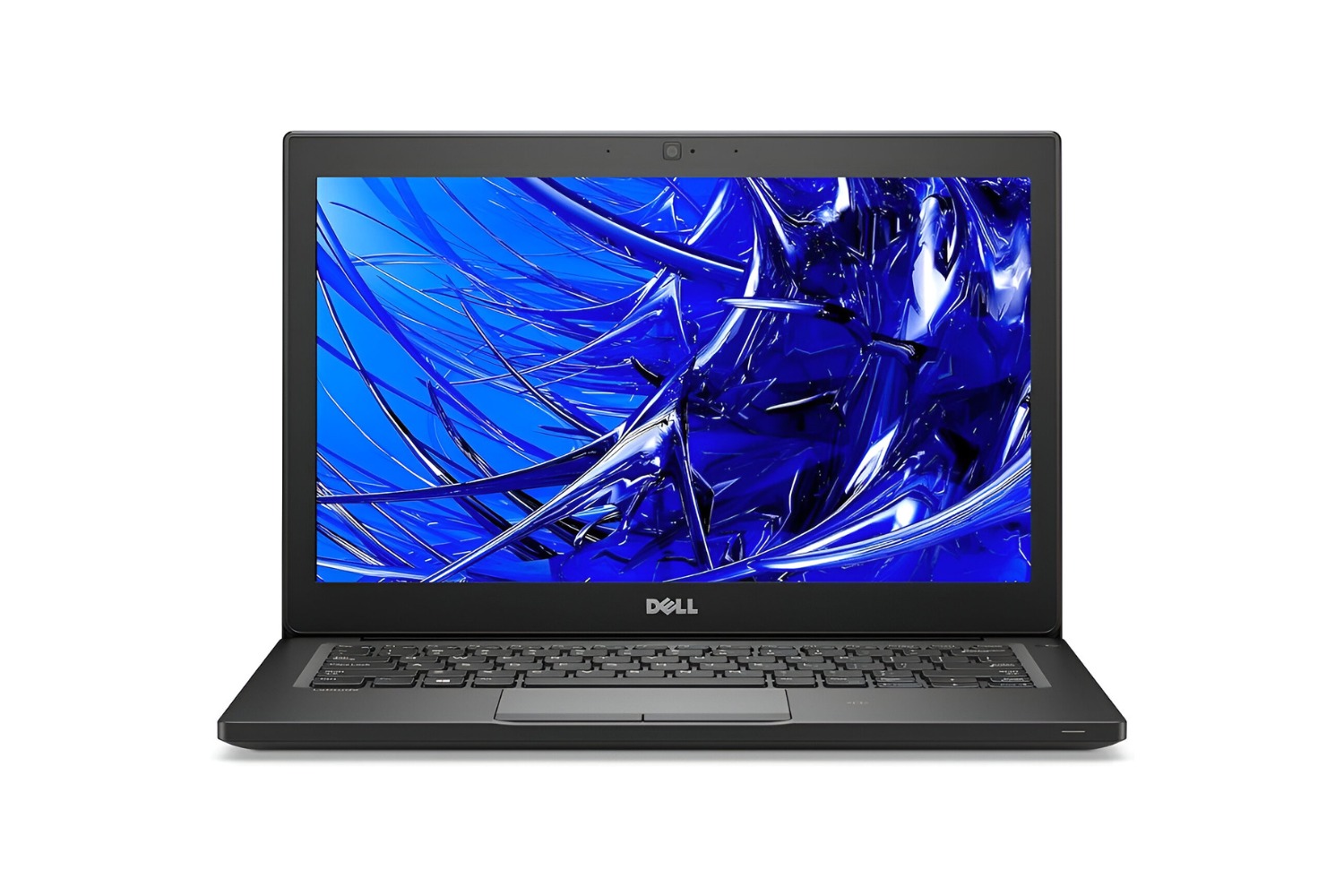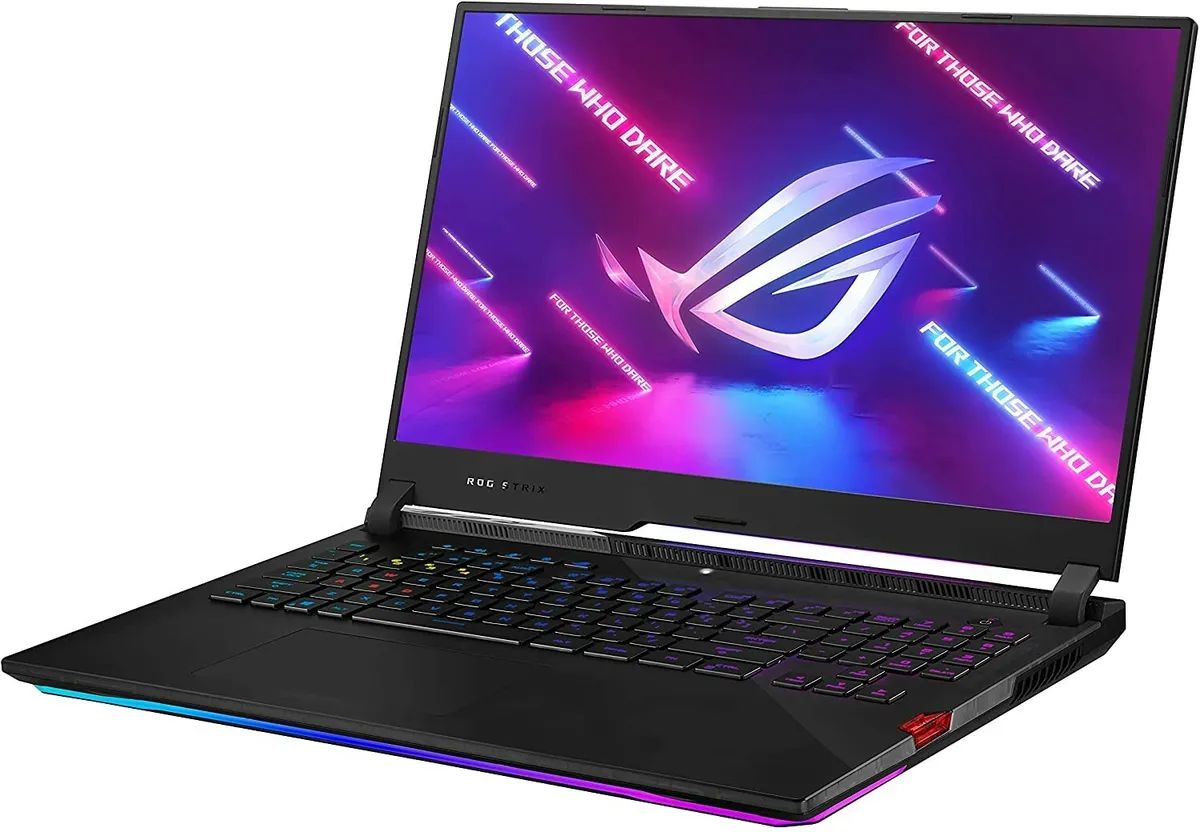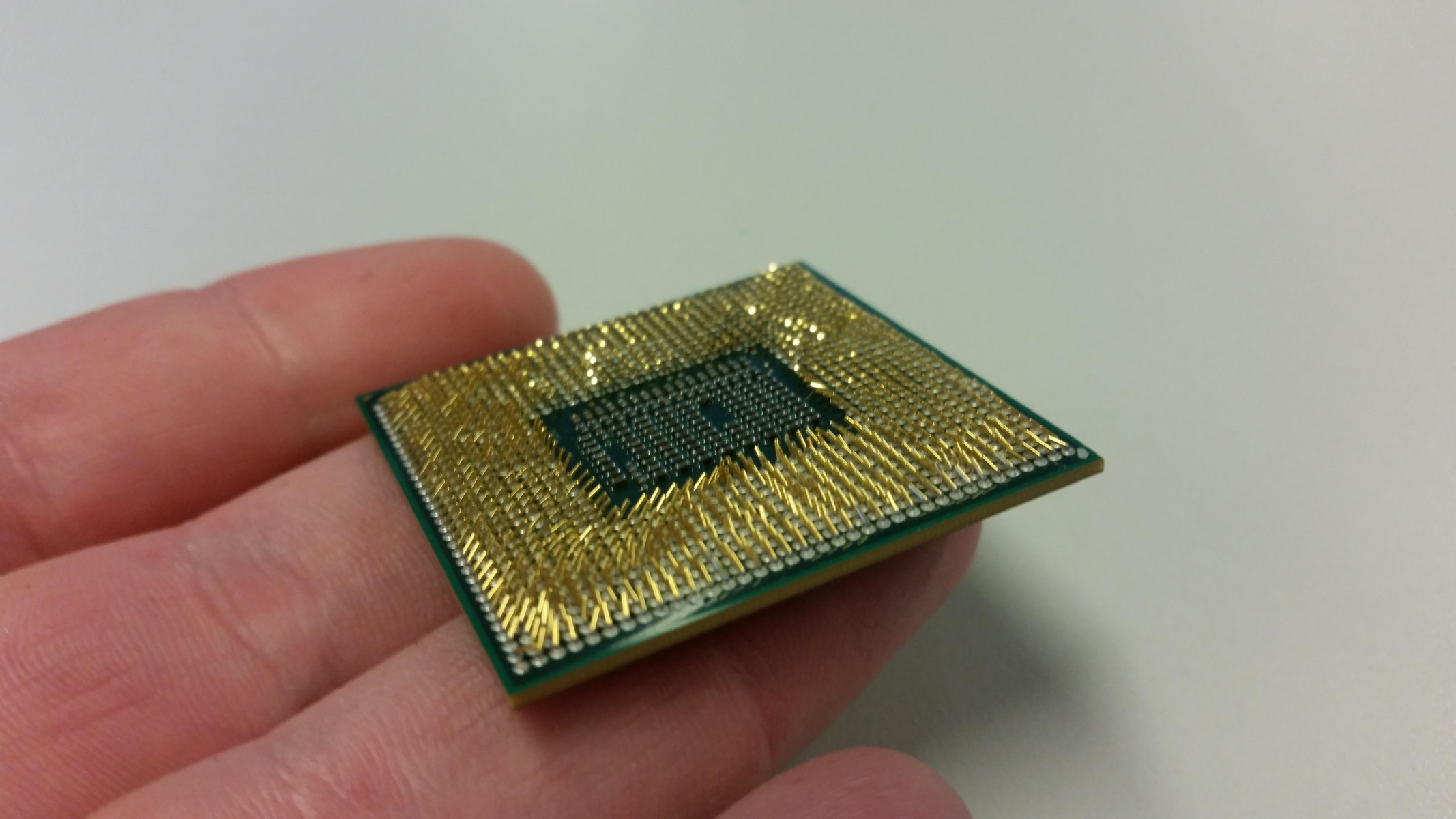Introduction
The price of RAM, short for Random Access Memory, has witnessed a significant increase in recent years. This surge has left many consumers and businesses wondering about the reasons behind this upward trend. The volatility in RAM prices has had an impact on the technology industry as a whole, affecting the cost of personal computers, servers, and other electronic devices.
A close examination of the factors contributing to the rise in RAM prices reveals a complex and multi-faceted picture. Several key elements, including the growing demand, shortage of supply, increased production costs, rise in average transaction prices, the impact of the COVID-19 pandemic, and the influence of cryptocurrency mining, have all played a part in this phenomenon.
In this article, we will explore these factors in-depth and shed light on the reasons behind the escalating price of RAM. By understanding these underlying causes, consumers and businesses can make more informed decisions regarding their technology purchases and strategies.
It is important to note that the RAM market is known for its volatility, with prices fluctuating based on various factors such as supply and demand dynamics, technological advancements, and global economic conditions. This article aims to provide a comprehensive overview of the factors influencing RAM prices, giving readers a broader context to understand and navigate this ever-changing market.
Demand from Consumers and Businesses
One of the primary factors contributing to the increase in RAM prices is the growing demand from both consumers and businesses. In today’s technology-driven world, the reliance on electronic devices has significantly increased, resulting in a higher need for RAM to support the smooth and efficient functioning of these devices.
Consumers now expect faster performance and seamless multitasking capabilities from their electronic devices, whether it be smartphones, laptops, or gaming consoles. As a result, the demand for devices with higher RAM capacities has surged. Additionally, the rise of data-intensive applications, such as video editing software and virtual reality applications, further fuels the need for expanded RAM capacities.
Not only are individual consumers driving the demand for RAM, but businesses and organizations are also contributing to this trend. With the rising adoption of cloud computing and big data analytics, businesses require significant amounts of RAM to process and store large volumes of data. Additionally, sectors such as artificial intelligence, machine learning, and high-performance computing heavily rely on RAM for quick data access and manipulation, driving up the demand even further.
Another factor that contributes to the demand for RAM is the proliferation of internet-connected devices through the Internet of Things (IoT). As more devices become interconnected, from smart home devices to industrial sensors, the need for RAM to manage and process the data generated by these devices increases significantly.
Furthermore, the ongoing digital transformation across industries, coupled with the increasing reliance on cloud-based services, further amplifies the demand for RAM. Businesses are now leveraging cloud services for storage, data processing, and software applications, creating a higher demand for RAM to ensure optimal performance and user experience.
Given the rising demand from consumers and businesses alike, it is no surprise that the RAM market has experienced heightened pressure, which directly impacts the pricing of this essential hardware component.
Shortage of Supply
The shortage of supply is another crucial factor contributing to the increase in RAM prices. The supply of RAM is influenced by various factors, including manufacturing capacity, production constraints, and global market conditions.
Firstly, several manufacturers dominate the global RAM market, resulting in a concentrated supply chain. This concentration makes the market vulnerable to disruptions caused by natural disasters, political instability, or other unforeseen events. When a major RAM manufacturer faces production issues or halts production due to external factors, the overall supply of RAM is significantly impacted, leading to a shortage.
Moreover, the manufacturing process for RAM is complex and requires advanced technologies and specialized equipment. The production capacity of RAM cannot easily or quickly be expanded to meet sudden spikes in demand. Therefore, even a slight disruption in production can create a ripple effect, causing supply shortages and driving up prices.
In recent years, the booming electronics industry, combined with the increased demand for RAM, has stretched manufacturers’ capabilities, resulting in supply limitations. When demand outpaces supply, prices naturally rise. Additionally, the dynamic nature of technological advancements necessitates the production of newer, faster, and more efficient RAM models. The transition from one generation of RAM to the next can lead to a temporary shortage as manufacturers phase-out older models and ramp up production of newer ones.
Global market conditions and geopolitical factors also play a significant role in the supply of RAM. Trade tensions, tariffs, and political conflicts can disrupt the flow of raw materials or impact international trade, potentially affecting the availability of RAM components. Such disruptions can intensify the shortage and contribute to price hikes.
Overall, the shortage of supply in the RAM market is a result of a combination of factors such as production constraints, limited manufacturing capacity, and global market dynamics. These factors create an environment where demand outweighs supply, leading to spikes in RAM prices.
Increase in Production Costs
Another significant factor contributing to the rise in RAM prices is the increase in production costs. The production of RAM involves several complex processes and requires high-quality raw materials, skilled labor, and advanced manufacturing facilities.
One of the main cost factors in RAM production is the price of raw materials. RAM modules are made up of various components, such as memory chips, circuit boards, and connectors. The cost of these components can fluctuate due to market conditions and supply chain disruptions, impacting the overall production cost of RAM. For example, if the cost of memory chips increases, it directly affects the price of RAM modules.
Additionally, manufacturing RAM requires sophisticated fabrication facilities and specialized equipment. The cost of establishing and maintaining these facilities can be substantial, especially for newer technologies and processes. As RAM manufacturers invest in research and development to enhance performance and increase production yields, these expenses contribute to the overall production costs.
Furthermore, the complexity of RAM production necessitates highly skilled labor. The demand for skilled technicians and engineers in the technology industry is high, leading to increased labor costs. Additionally, ongoing training and development programs are required to keep up with the advancements in RAM technology, adding to the overall production expenses.
Another factor that adds to the production costs is quality control and testing. RAM manufacturers need to ensure that each module meets stringent quality standards and operates reliably under various conditions. Conducting rigorous testing and quality assurance procedures adds to the overall production expenses and, ultimately, the price of RAM.
Moreover, compliance with environmental regulations and sustainability practices can also increase production costs. RAM manufacturers are increasingly focusing on eco-friendly practices, such as reducing carbon emissions and minimizing waste. Implementing these measures may require additional investments in equipment and processes, further impacting production costs.
Overall, the increase in production costs stems from various factors, including the cost of raw materials, investments in research and development, skilled labor expenses, quality control, and environmental compliance. These cost factors directly influence the pricing of RAM, as manufacturers pass on these expenses to consumers and businesses.
Rise in Average Transaction Prices (ATP)
Another factor contributing to the increase in RAM prices is the rise in Average Transaction Prices (ATP) within the industry. The ATP refers to the average selling price of RAM modules, which is influenced by various market dynamics and competitive factors.
One key factor behind the rise in ATP is the increasing cost of research and development in the memory industry. Developing newer, faster, and more efficient RAM technologies requires substantial investments in innovation and testing. These expenses are passed on to consumers, resulting in higher ATP. As RAM manufacturers strive to stay competitive by offering cutting-edge products, the costs of technology advancements contribute to the overall ATP.
Furthermore, the intense competition among RAM manufacturers also contributes to the rise in ATP. The RAM market is dominated by a few major players, who constantly seek to gain a competitive edge and capture larger market shares. This competition drives manufacturers to invest in marketing, branding, and product differentiation efforts, which in turn increases costs. These expenses are reflected in the ATP as manufacturers strive to maintain profitability while offering high-quality and innovative RAM modules.
Additionally, fluctuations in exchange rates and currency valuations can influence the ATP. RAM manufacturers operate in a global market, with components sourced from various regions and sales occurring worldwide. When the value of a manufacturer’s domestic currency depreciates relative to other currencies, the cost of imported components and materials increases. As a result, manufacturers may adjust the ATP to compensate for these currency fluctuations and maintain profitability.
Another factor that impacts the ATP is the supply and demand dynamics of the RAM market. When demand outstrips supply due to factors like increased consumer and business demands, supply chain disruptions, or production limitations, manufacturers have more leverage in setting prices. This situation can lead to higher ATP as manufacturers capitalize on the strong demand for RAM modules.
Overall, the rise in Average Transaction Prices (ATP) within the RAM industry can be attributed to factors such as research and development costs, competition among manufacturers, exchange rate fluctuations, and supply and demand dynamics. These factors collectively contribute to the increase in RAM prices experienced by consumers and businesses.
Impact of COVID-19 Pandemic
The COVID-19 pandemic has had a profound impact on various industries worldwide, including the RAM market. The outbreak and subsequent measures to control the spread of the virus have disrupted supply chains, caused economic uncertainties, and changed consumer behaviors.
One significant impact of the pandemic on the RAM market is the disruption of manufacturing and logistics operations. Many RAM manufacturers faced temporary closures or reduced production capacities due to lockdowns and restrictions imposed to curb the virus’s spread. This disruption in production has resulted in a shortage of supply and subsequently driven up prices.
Moreover, the pandemic-induced economic downturn has affected consumer purchasing power and overall market demand. With financial uncertainties and job losses, some consumers have cut back on discretionary spending, including purchases of electronic devices that require RAM modules. This decrease in demand has directly influenced the pricing dynamics of RAM, as manufacturers strive to sustain profitability amid reduced market activity.
Furthermore, the increased adoption of remote working and e-learning during the pandemic has led to a surge in demand for electronic devices. The sudden shift to work and study from home arrangements has prompted individuals and organizations to upgrade their technology infrastructure, including RAM capacity, to support uninterrupted remote operations. This heightened demand has contributed to the strain on the supply chain, leading to higher RAM prices.
Supply chain disruptions and shipping challenges caused by lockdown restrictions and reduced transportation capacity have also played a role in the increase in RAM prices. Delays in the delivery of raw materials and RAM modules have led to production bottlenecks and inventory shortages. These logistical challenges have further intensified the supply-demand imbalance and impacted RAM pricing.
Additionally, the pandemic has prompted an acceleration in digital transformation and a shift towards cloud-based services. Businesses have increasingly relied on cloud computing, online collaboration tools, and data analytics platforms to adapt to remote work requirements. This increased demand for cloud services and data centers has driven up the demand for RAM, as these facilities require high-performance memory to handle the growing data workload.
In summary, the COVID-19 pandemic has disrupted the RAM market through manufacturing and logistics disruptions, reduced consumer demand, supply chain challenges, and the accelerated adoption of remote work and cloud-based services. These factors have collectively contributed to the fluctuating RAM prices experienced during these unprecedented times.
Role of Cryptocurrency Mining
The rise in RAM prices can also be attributed to the role of cryptocurrency mining. Cryptocurrencies like Bitcoin and Ethereum require significant computational power to validate transactions and mine new coins. As a result, miners utilize high-performance hardware, including graphic processing units (GPUs) and RAM, to enhance mining efficiency.
The demand for RAM in cryptocurrency mining rigs has surged in recent years. As the popularity and value of cryptocurrencies increased, more individuals and mining operations entered the market, driving up the demand for RAM modules. Miners opt for RAM with high bandwidth and low latency to accelerate transaction processing and improve overall mining performance.
The intense competition among miners to solve complex mathematical algorithms and earn rewards has led to a race for more powerful mining equipment. Miners often prioritize upgrading their hardware, including RAM, to gain a competitive advantage. This increased demand from the cryptocurrency mining sector has significantly impacted the pricing of RAM modules.
Moreover, the volatile nature of cryptocurrencies plays a role in driving RAM prices. When the value of cryptocurrencies experiences a significant surge, more individuals and businesses get involved in mining operations to capitalize on potential profits. This sudden influx of miners intensifies the demand for high-performance RAM, leading to supply shortages and subsequent price hikes.
The impact of cryptocurrency mining on the RAM market can also be observed through the development of mining-specific hardware. In recent years, companies specializing in manufacturing mining equipment have designed purpose-built hardware, including mining-specific RAM modules. These specialized RAM modules, optimized for cryptocurrency mining, often command higher prices due to their enhanced performance and compatibility with mining algorithms.
While the role of cryptocurrency mining in driving up RAM prices is significant, it is essential to note that the fluctuations in the cryptocurrency market can also impact the demand for RAM. When the value of cryptocurrencies experiences a significant decline, miners may scale back their operations or exit the market altogether. This can lead to a decrease in demand for RAM modules, consequently affecting pricing dynamics.
Overall, the role of cryptocurrency mining in the RAM market cannot be overlooked. The demand from miners, coupled with the ever-changing landscape of the cryptocurrency market, has contributed to the upward trend in RAM prices, creating both challenges and opportunities for manufacturers and consumers alike.
Influence of Mobile Devices and IoT
The increasing proliferation of mobile devices and the rapid growth of the Internet of Things (IoT) have had a significant influence on the rise in RAM prices. Mobile devices, such as smartphones and tablets, have become essential in our daily lives, driving the need for higher RAM capacities to support the demanding tasks and applications we use on these devices.
Today’s mobile devices are not just used for communication and basic functions but also serve as powerful multimedia and productivity tools. People rely on their smartphones for activities like streaming high-definition videos, gaming, and running resource-intensive applications. These activities require more RAM to ensure smooth performance and faster multitasking capabilities.
In parallel, the Internet of Things (IoT) has been expanding rapidly with the increasing number of connected devices. The IoT encompasses a wide range of devices, from smart home appliances to industrial sensors and wearables. These devices generate and process vast amounts of data, relying on RAM for quick and efficient data access.
For example, smart home devices require RAM to handle the automation and processing of commands, while industrial sensors need RAM to monitor and transmit data in real-time. The reliance on RAM in these IoT devices amplifies the demand for higher RAM capacities in the market.
Furthermore, the growth of cloud computing and edge computing has further fueled the need for increased RAM. With cloud services facilitating remote data storage and processing, mobile devices and IoT devices often rely on cloud resources, requiring sufficient RAM to handle data transfers and execute tasks effectively.
The influence of mobile devices and IoT on RAM prices is not only driven by demand but also by technological advancements. As mobile devices and IoT devices become more sophisticated and capable, manufacturers need to develop higher-performing RAM modules to keep up with the demands of these devices.
Additionally, manufacturers are continually working towards improving power efficiency and compactness in mobile and IoT devices. This means that RAM modules need to be designed to consume less power and occupy less physical space. These technological advancements and innovations increase the complexity and cost of producing RAM, contributing to the overall increase in RAM prices.
In summary, the increasing prevalence of mobile devices and the growing ecosystem of IoT devices have significantly influenced the rise in RAM prices. The demand for higher RAM capacities to support the advanced features and applications of these devices, coupled with technological advancements, has contributed to the upward trend in RAM prices observed in the market.
Conclusion
The rise in RAM prices can be attributed to a combination of factors that have shaped the market dynamics. The growing demand from consumers and businesses, accompanied by a shortage of supply, has created an environment where RAM prices continue to increase. Additionally, the increase in production costs, including raw materials, manufacturing facilities, and skilled labor, has added to the overall pricing of RAM modules.
Moreover, the rise in Average Transaction Prices (ATP) within the industry reflects the costs of research and development, competition among manufacturers, and exchange rate fluctuations. The impact of the COVID-19 pandemic, with its disruptions to manufacturing, logistics, and consumer behaviors, has also influenced RAM prices significantly.
Furthermore, the role of cryptocurrency mining and the influence of mobile devices and the Internet of Things (IoT) have contributed to the rise in RAM prices. The demand for RAM from cryptocurrency miners, coupled with the technological advancements in mobile and IoT devices, has driven up demand and impacted pricing dynamics.
As consumers and businesses navigate the RAM market, it is crucial to consider these factors to make informed decisions. Understanding the underlying causes of the increase in RAM prices can help individuals and organizations plan their technology purchases and budgets effectively.
It is important to note that the RAM market is dynamic and subject to fluctuations. While prices may be high at present, factors such as technological advancements, increased production capacities, and changes in market demand can potentially influence RAM prices in the future.
Ultimately, as technology continues to evolve and the demand for RAM remains strong, manufacturers, consumers, and businesses will need to adapt and find ways to address the challenges posed by the rising prices of this essential hardware component.

























